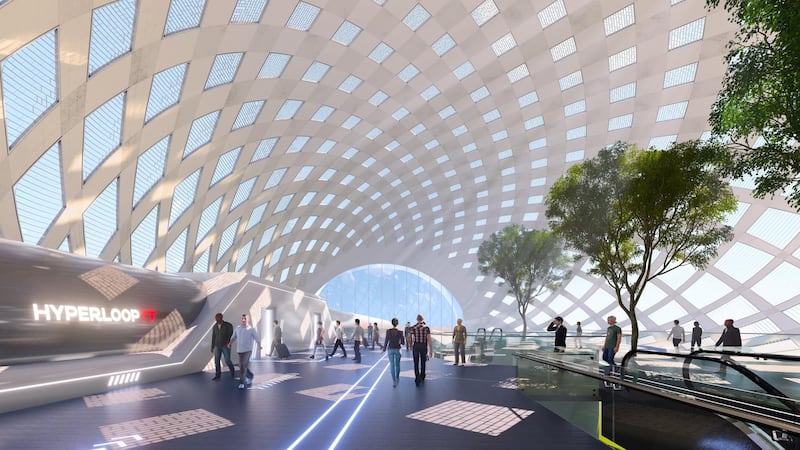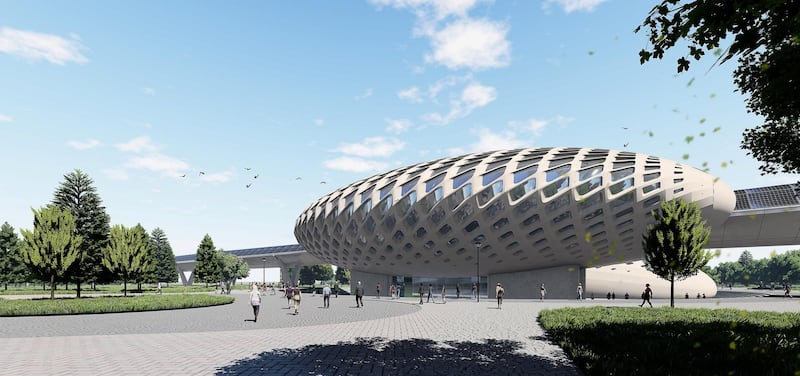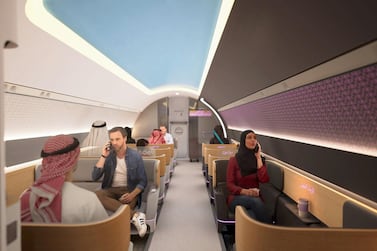Egg-shaped stations that adapt to the weather and collect recyclable rainwater are part of the latest sustainable plans for a high-speed HyperloopTT transport network.
Hyperloop Transportation Technologies is one of two market leaders in hyperloop travel that plans to bring the high-speed passenger network to cities within the next decade.
HyperloopTT promo clip
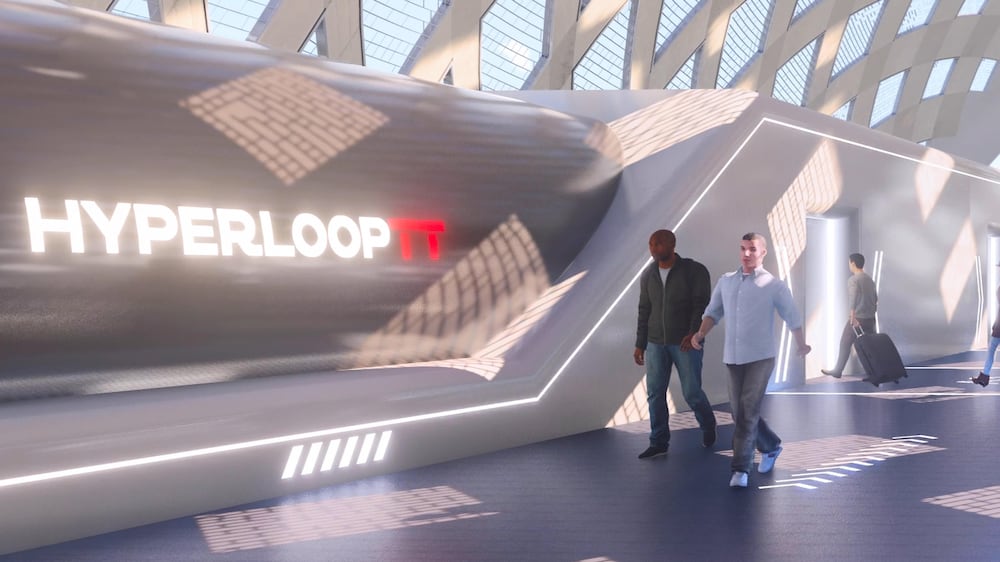
In January, rivals Virgin Hyperloop released renderings of how its stations may look once complete.
Now HyperloopTT is offering a glimpse of how its network will interact with nature, using renewable energy and having the potential to generate more energy than it consumes.
“The HyperloopTT system is inherently sustainable and operates with zero emissions,” said Andres De Leon, chief executive of HyperloopTT.
“We have pioneered a technology that is faster, safer and far cleaner than existing modes of transportation by design.
“Because hyperloop uses less energy than alternatives, we are a smarter economic solution for many regions worldwide.
“With these first of their kind, complete commercial designs, we are ready to build today.”
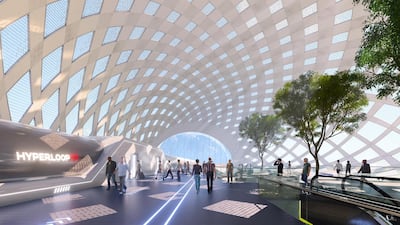
Harness clean energy
The HyperloopTT’s system and mainline structures are covered with optimised solar panels that adjust with shifting daylight to capture renewable energy.
They are designed to move with the sun to harness clean energy independent of fossil fuel-powered grids.
The stations' energy systems integrate with the entire HyperloopTT transportation infrastructure’s energy collection, storage and transfer system to send and receive energy across large distances.
Once fully operational, a HyperloopTT system connecting Chicago, Cleveland and Pittsburgh could potentially reduce carbon dioxide emissions in the region by 143 million tonnes, according to a 2019 environmental study on the project.
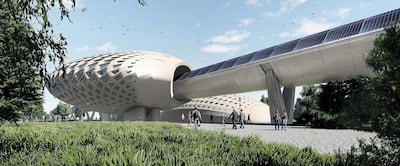
The company has worked alongside regional firm Dar Al Handasah to create a fully integrated passenger capsule system.
Designers insist the transport will be affordable, and more similar in cost to road travel than by air.
In November, Virgin Hyperloop made history by conducting the first passenger test run in Las Vegas, transporting two employees along a 500-metre track in just 15 seconds.
It is almost three years since HyperloopTT revealed its designs for a high-speed passenger pod.
The bullet-shaped Quintero One was unveiled in Spain in 2018, although details of a 1km test track in Toulouse – the home of aerospace giant Airbus – has remained a closely guarded secret.
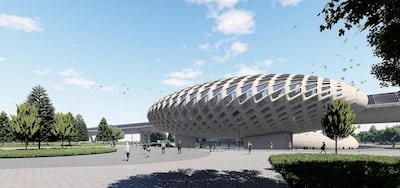
The company has ambitious plans. As well as its research and development site in south-west France, it has also completed a feasibility study for a network connecting the Great Lakes of North America and prototypes for cargo delivery in Hamburg and a passenger line in Abu Dhabi.
A 150km network carrying passengers at speeds approaching 1,000 kilometres an hour has been earmarked for the UAE, connecting Abu Dhabi, Dubai and Al Ain.
Passenger trials were due to begin once a test track was completed in 2020, but that was delayed because of the pandemic.


